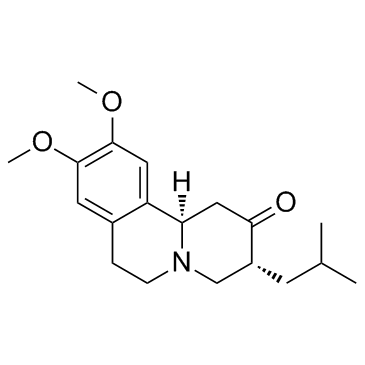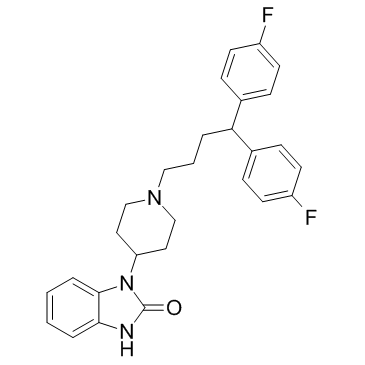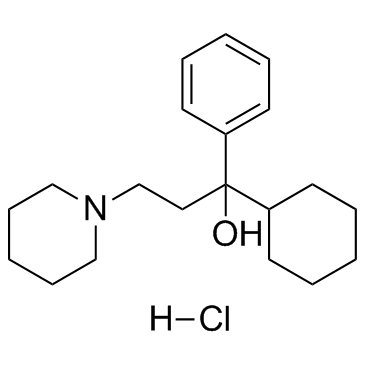| Structure | Name/CAS No. | Articles |
|---|---|---|
 |
Tetrabenazine
CAS:58-46-8 |
|
 |
pimozide
CAS:2062-78-4 |
|
 |
Benzhexol hydrochloride
CAS:52-49-3 |